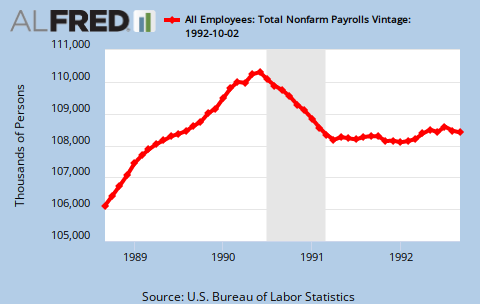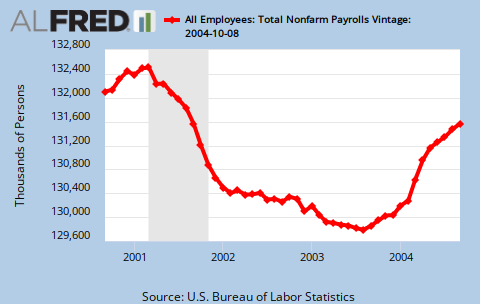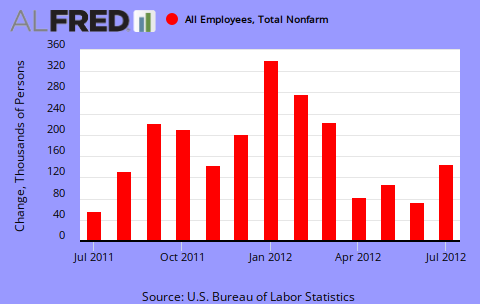This will be an ongoing thread containing the entries of Nate Silver's blog FiveThirtyEight.
I'm sure most of you already know about FiveThirtyEight, but here's a little background.
From Wikipedia:
I'm sure most of you already know about FiveThirtyEight, but here's a little background.
From Wikipedia:
During the U.S. presidential primaries and general election of 2008, the site compiled polling data through a unique methodology derived from Silver's experience in baseball sabermetrics to "balance out the polls with comparative demographic data" and "weighting each poll based on the pollster's historical track record, sample size, and recentness of the poll".
In the final update of his presidential forecast model at midday of November 4, 2008, Silver projected a popular vote victory by 6.1 percentage points for Barack Obama and electoral vote totals of 349 (based on a probabilistic projection) or 353 (based on fixed projections of each state). Silver's predictions matched the actual results everywhere except in Indiana and the 2nd congressional district of Nebraska, which awards an electoral vote separately from the rest of the state. His projected national popular vote differential was below the actual figure of 7.2 points.
The forecasts for the Senate proved to be correct for every race.
In the final update of his presidential forecast model at midday of November 4, 2008, Silver projected a popular vote victory by 6.1 percentage points for Barack Obama and electoral vote totals of 349 (based on a probabilistic projection) or 353 (based on fixed projections of each state). Silver's predictions matched the actual results everywhere except in Indiana and the 2nd congressional district of Nebraska, which awards an electoral vote separately from the rest of the state. His projected national popular vote differential was below the actual figure of 7.2 points.
The forecasts for the Senate proved to be correct for every race.





















